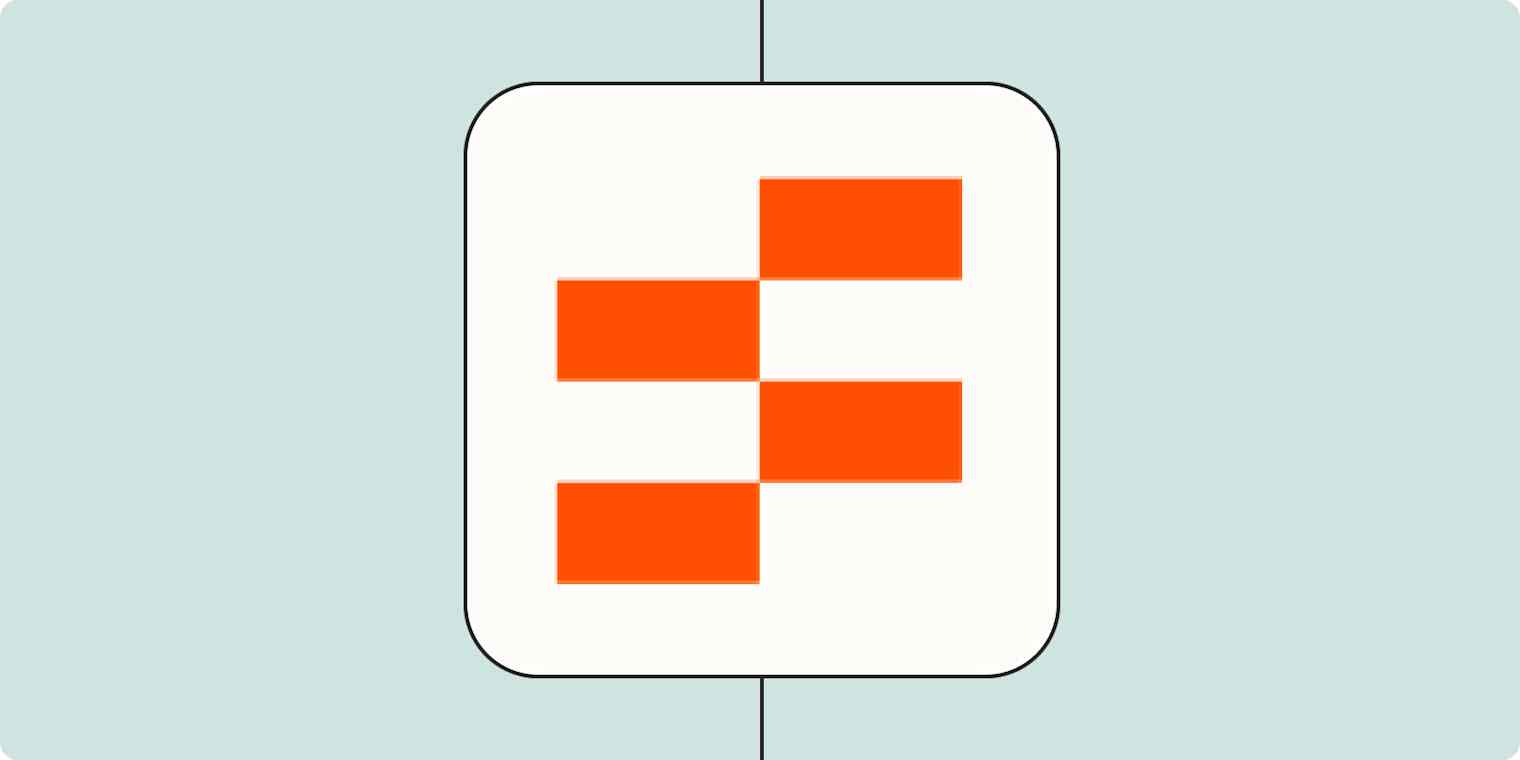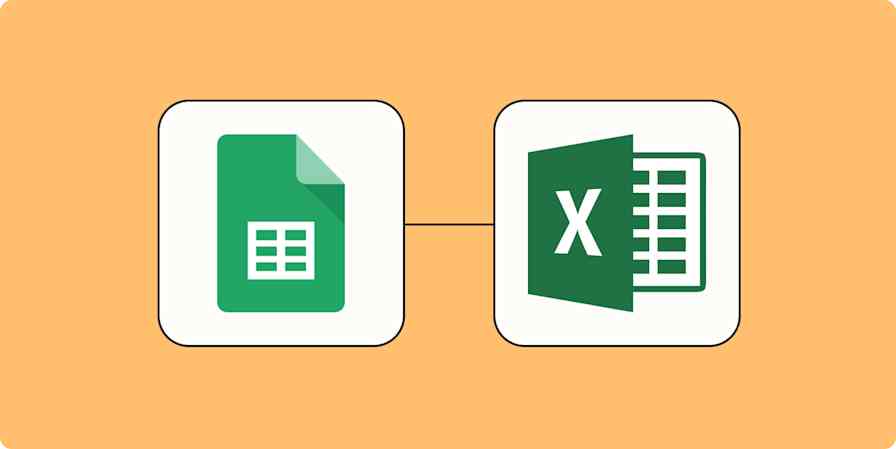Zapier feature guides
21 min readZapier Tables: Store, move, and take action on your data automatically
By Krystina Martinez · February 11, 2025

Get productivity tips delivered straight to your inbox
We’ll email you 1-3 times per week—and never share your information.
mentioned apps
Related articles
Improve your productivity automatically. Use Zapier to get your apps working together.






